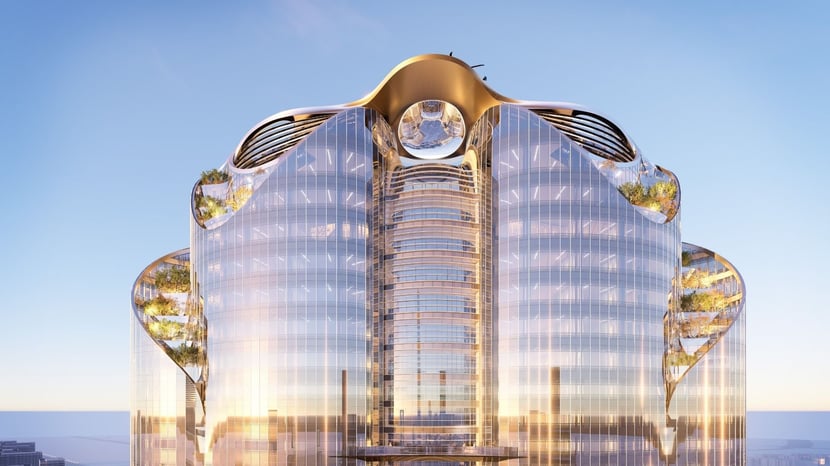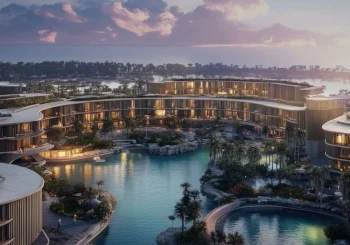Magnom Properties has unveiled plans to build the “Forbes International Tower” in Egypt’s New Administrative Capital, the first skyscraper in the Middle East and North Africa (MENA) region to be powered by clean hydrogen and be net-carbon zero.
The tower, designed by renowned architects, is planned to be 50-storeys high, completed by 2030 and is projected to cost USD 1 billion.
This will be Magnum Properties’ first project and seems to be aimed at exemplifying Magnum’s professed aims of creating “high-end projects” targeted at “high net-worth individuals” and providing an “opulent lifestyle”. It plans to include cyber security systems, a helipad, VIP elevators and to construct sister towers in Dubai and Riyadh. The tower’s American architects, Adrian Smith and Gordon Gill, have designed a range of projects in the Middle East, including the Burj Khalifa.
Magnum Properties is a subsidiary of the Saudi Arabian Rawabi Holding and the Egyptian Magnum Holding Groups. The tower is to be financed by a range of debt and equity tools, according to Magnum’s chief investment officer Ahmed Kassem. Magnum is also considering partial rather than full ownership of the property to raise funds.
Egypt’s Sustainability Efforts
In the wake of Egypt’s natural gas shortage engendering widespread power cuts, the Egyptian government’s desire to enhance sustainability efforts and transition to renewable energy has only increased, with the government pledging to reduce greenhouse gas emissions by 10 percent in its Vision 2030 strategy.
Accordingly, the Administrative Capital for Urban Development (ACUD) Company, the owner and developer of the New Administrative Capital, had introduced incentives in December 2023 for investors to implement green measures in their projects. These incentives will apply to the Forbes International Tower.
The Forbes International Tower will be powered 25 percent by solar panels, and 75 percent by clean hydrogen.
“Clean hydrogen” often refers to both blue and green hydrogen. Blue hydrogen uses fossil fuels to produce electricity, but captures carbon emissions and stores them underground to reduce their negative effects. Green hydrogen is derived entirely from renewable energy sources such as wind and solar power and thus has a lower carbon footprint, but can be more costly.
The Forbes International Tower is one of the many renewable energy projects being developed across Egypt to enhance sustainability. Other ongoing examples include the Abydos Solar Grid and the Red Sea Wind Energy project. Solar and wind power in particular carry high potential given Egypt’s exposure to high amounts of solar radiation and high wind speeds.







Comments (0)